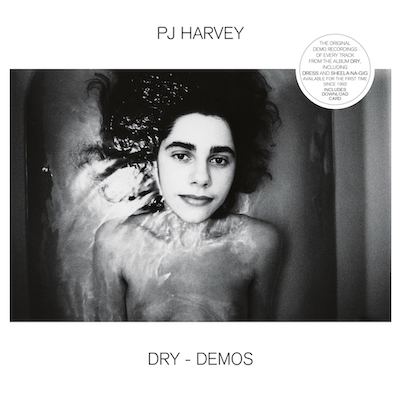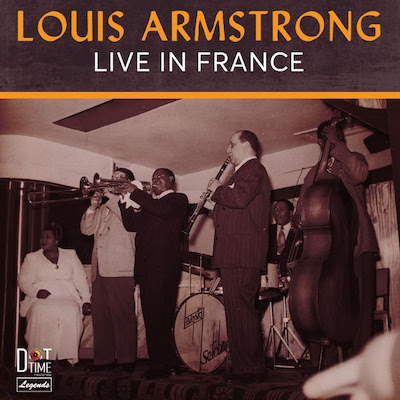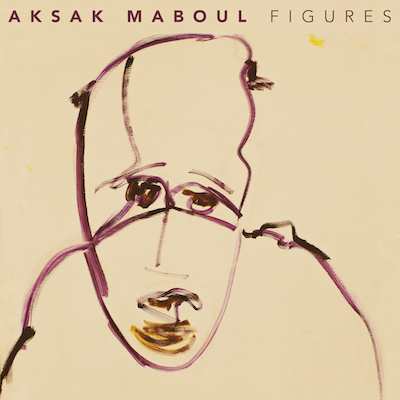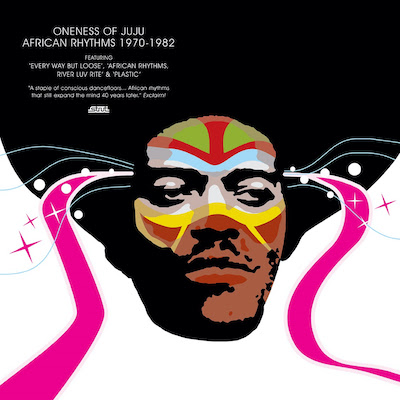Record Time: New & Notable Vinyl Releases (July 2020)
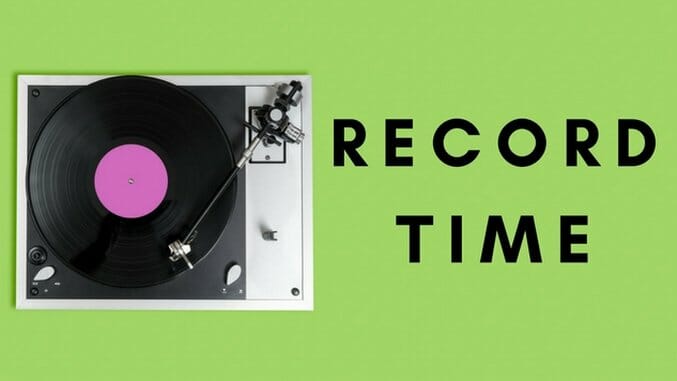
Record Time is Paste’s monthly column that takes a glimpse into the wide array of new vinyl releases currently flooding record stores around the world. Rather than run down every fresh bit of wax in the marketplace, we’ll home in on special editions, reissues and unusual titles that come across our desk with an interest in discussing both the music and how it is pressed and presented. This month that includes a collection of Johnny Cash’s pre-Rick Rubin albums, the reissued first album from a post-punk goddess and a new trap-pop mixtape from a Korean-American sensation.

Johnny Cash: The Complete Mercury Years 1986-1991 (Mercury/UMe)
The liner notes do everything in their meager power to pitch this set as a vital link connecting The Man in Black’s long tenure with Columbia Records and his return to critical and commercial favor thanks to an assist from Rick Rubin. Would that it were so simple. Johnny Cash’s time with Mercury Records was hardly a creative peak for the country star, marked as it was by attempts to regain some of his lustre as a legend through moves like re-recording two LPs worth of his classic singles (1988’s Classic Cash: Hall of Fame Series) or reconnecting him with a trio of artists he came of age with—Carl Perkins, Jerry Lee Lewis and Roy Orbison—for a piecemeal session (1986’s Class of ‘55: Memphis Rock & Roll Homecoming). Or connecting him with the rest of the country music landscape on 1988’s Water From the Wells of Home by bringing in a cast of thousands, including Roy Acuff, Emmylou Harris, Glen Campbell and members of the Cash family, as support. This era has the stink of a marketing meeting all over it.
Listening to the six albums nestled into this new set, Cash comes away in much better shape than he has any right to, but nowhere near as clean as he should have been. He’s clearly invested in these albums, giving the material his all even as the music gleams behind him like a motion-smoothed episode of Bonanza. And when he returns to the songs that he made into country standards, like “Ring of Fire” and “Tennessee Flat Top Box,” they fit his voice and persona like a favorite pair of jeans. The only truly embarrassing moment found here is Class of ‘55. The performances by all four of the top-billed artists comes across like a shoddy Las Vegas revue than anything resembling the artists’ best work. Thank goodness Rubin found him when he did.
-

-

-

-

-

-

-

-

-

-

-

-

-

-

-

-

-

-

-

-

-

-

-

-

-

-

-

-

-

-

-

-

-

-

-

-

-

-

-

-


